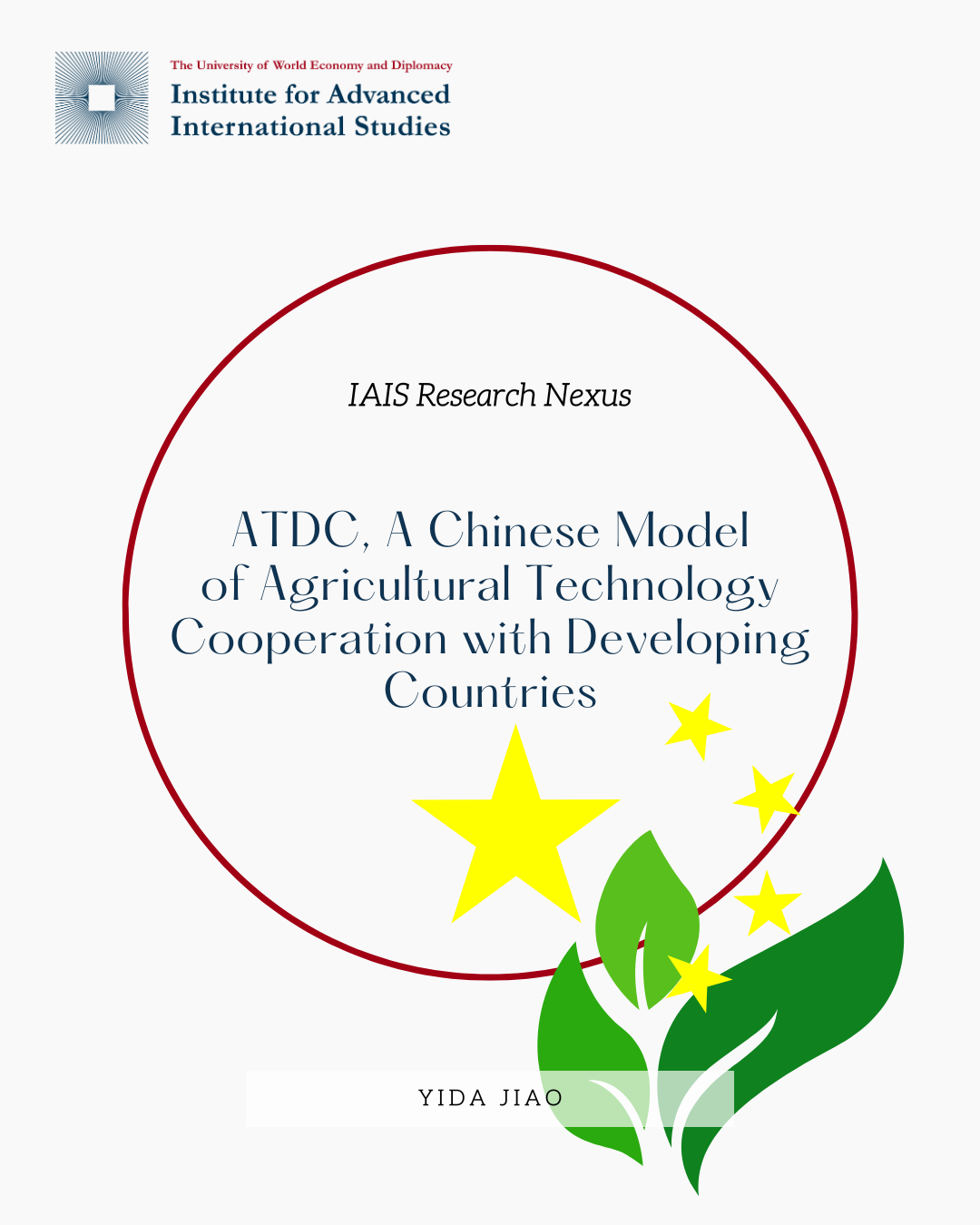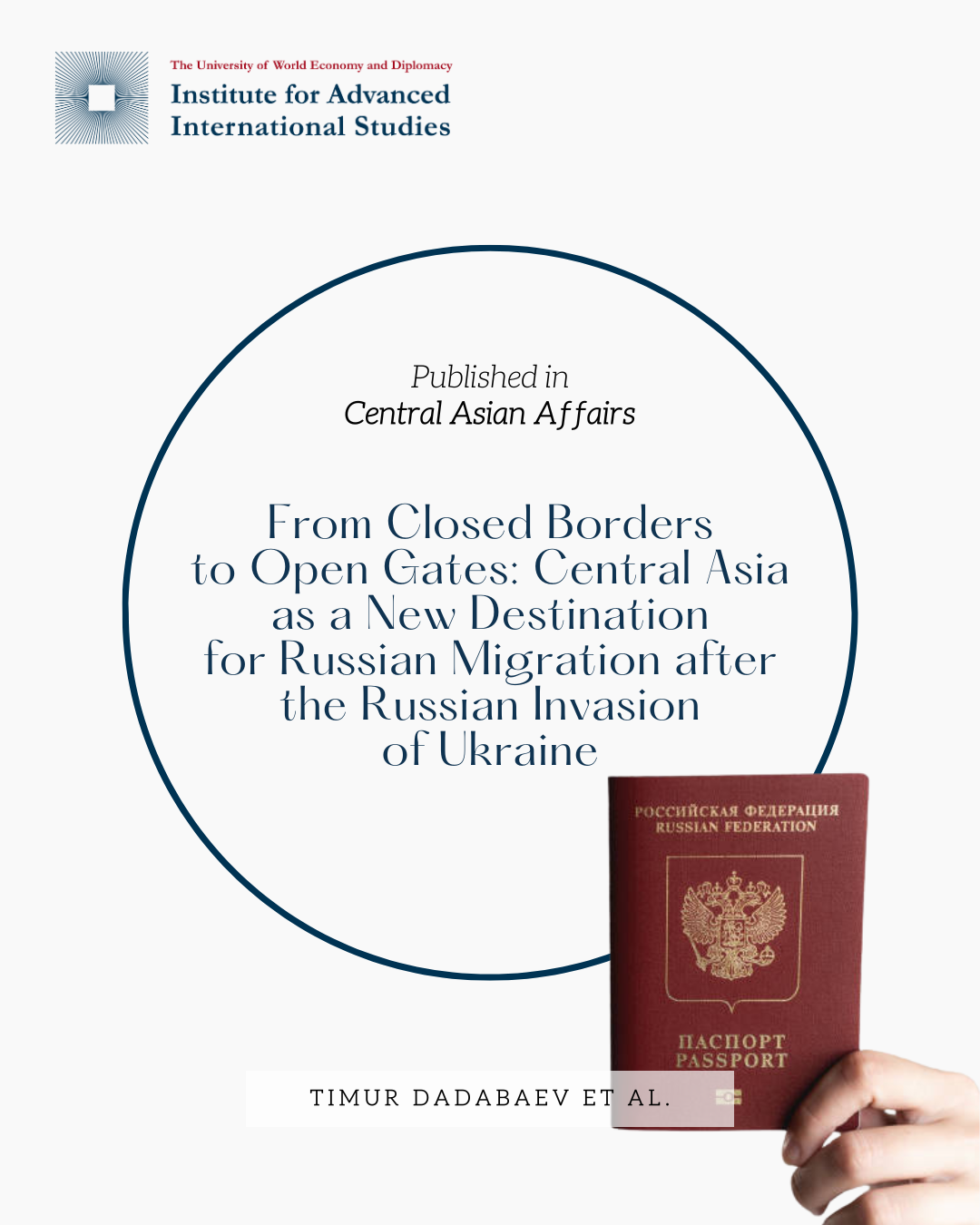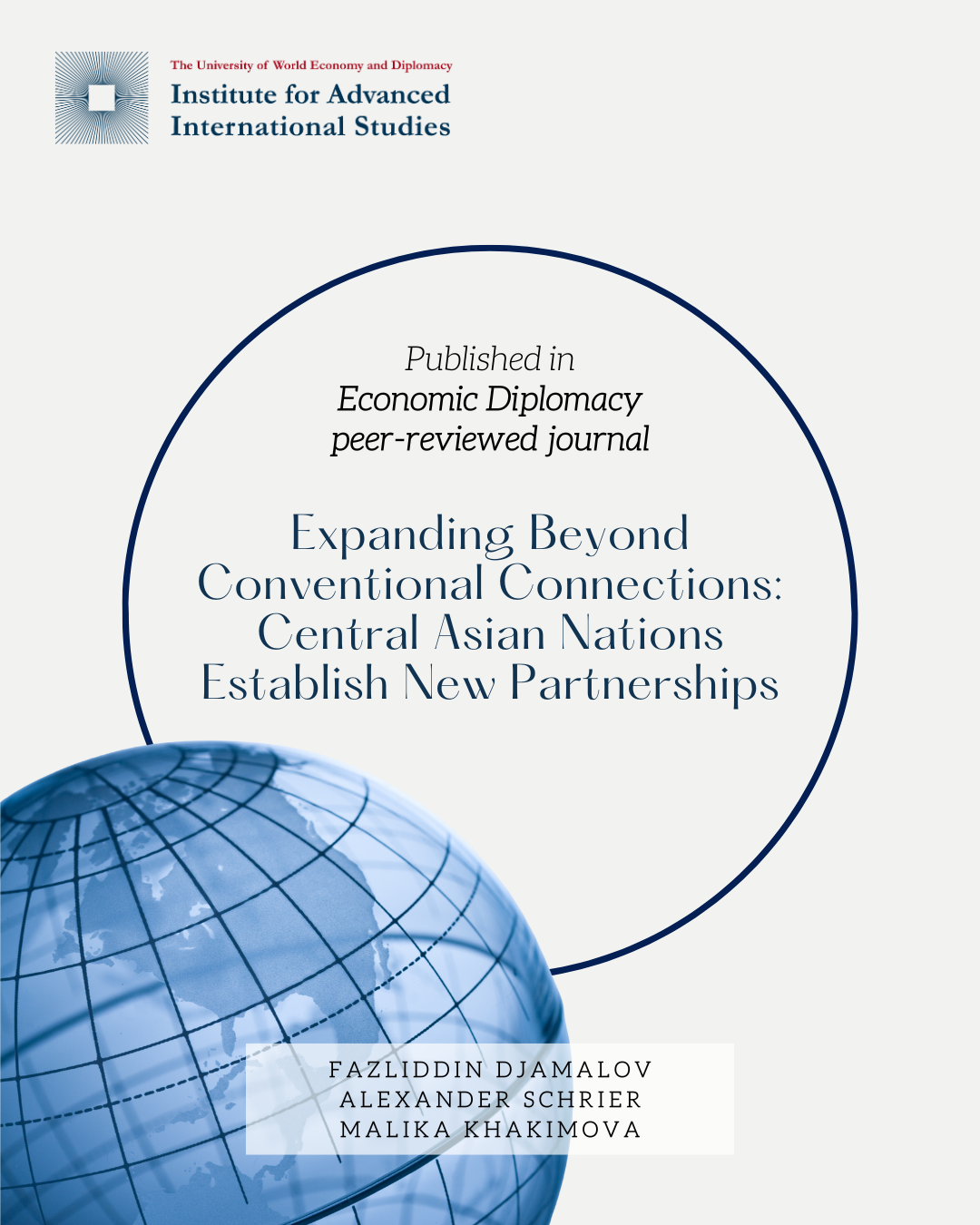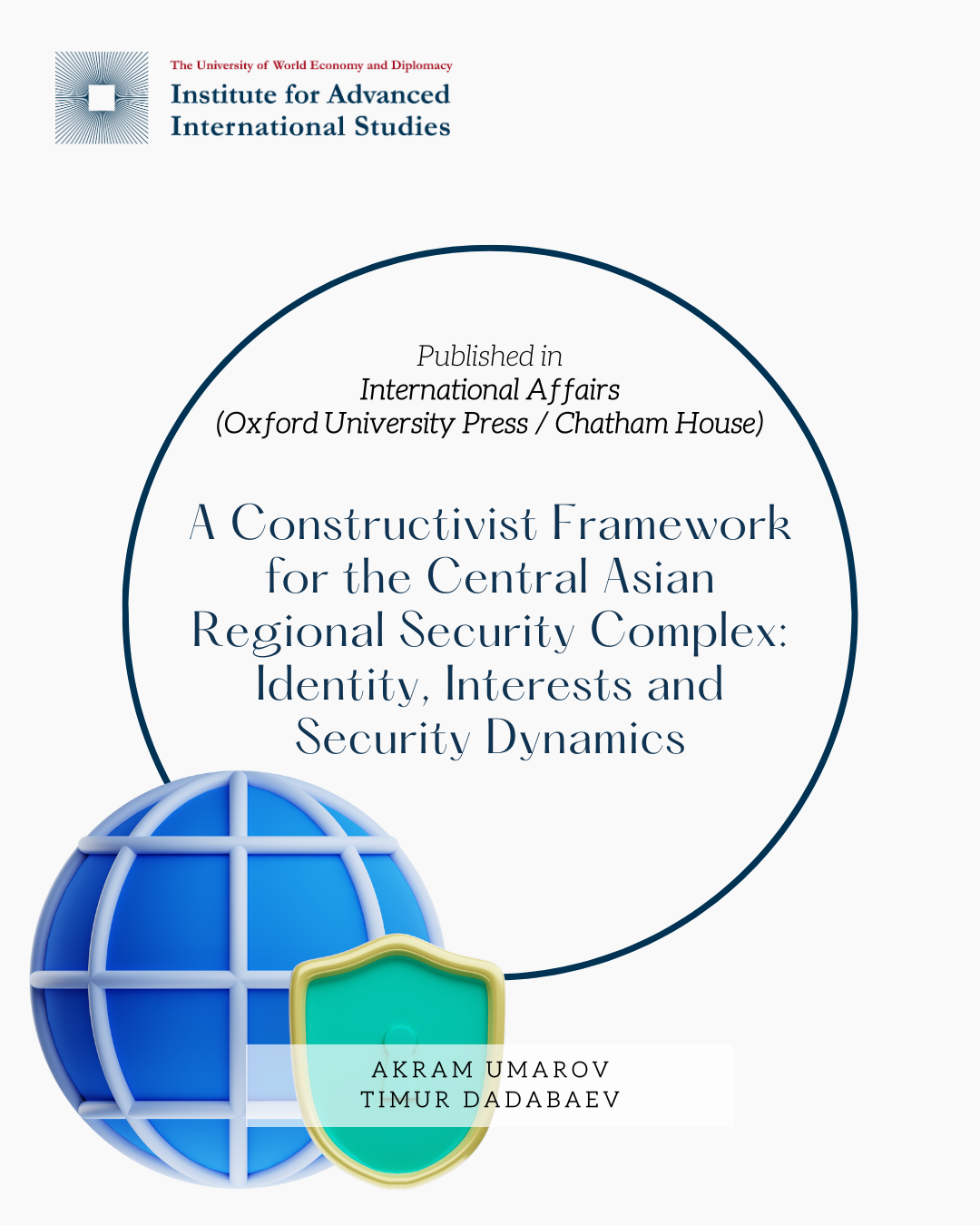By Dr. Mahfuz Parvez
Professor and Chair of the Department of Political Science at the University of Chittagong and the Executive Director of the Chittagong Center for Regional Studies, Bangladesh (CCRSBD)
Since reclaiming power in 2021, the Taliban have defied predictions of total diplomatic isolation by gradually embedding themselves within the fabric of regional geopolitics. Dr. Mahfuz Parvez, in his examination of Afghanistan’s evolving foreign relations, demonstrates how the Taliban have shifted from pariah status to pragmatic interlocutors. Countries across South, Central, and West Asia are increasingly engaging with the Taliban not out of ideological alignment, but to serve pressing strategic and security interests. The result is an emergent pattern of selective, transactional diplomacy focused on border control, trade connectivity, and counterterrorism.
At the core of this recalibration is a growing recognition that Afghanistan, rich in minerals and geographically pivotal, cannot be sidelined if the region is to achieve long-term stability. Dr. Parvez highlights how regional actors such as Uzbekistan, Iran, and India have adopted differentiated strategies: Tashkent sees Kabul as a vital partner for economic corridors, while Tehran cautiously balances ideological differences with practical cooperation to contain border threats. India, for its part, has moved from a position of staunch opposition to cautious engagement, driven by the desire to counterbalance Pakistan’s influence and protect long-term infrastructure investments.
What emerges is a landscape where geopolitical necessity often overrides normative discomfort. Central Asian states, facing the ripple effects of war in Ukraine and regional insecurity, have embraced Afghanistan’s reintegration as a stabilizing force. Similarly, in South Asia, the Taliban’s engagement with both Islamabad and New Delhi underscores Kabul’s position as a buffer and potential pivot in one of the world’s most volatile dyads. Dr. Parvez also draws attention to the Taliban’s attempts at multilateral diplomacy, such as participating in SCO discussions and engaging in trilateral talks with China and Pakistan, a clear indicator of their intent to formalize their regional status.
Yet challenges remain acute. Afghanistan still grapples with economic collapse, internal repression, and the absence of international recognition. As Dr. Parvez argues, engagement must not legitimize authoritarianism. The international and regional community must pursue a dual strategy — balancing functional cooperation with principled diplomacy. Multilateral frameworks such as the SCO, SAARC, and the UN system can facilitate this balance by embedding the Taliban’s regional integration within norms of inclusive governance, humanitarian concern, and long-term development.
In conclusion, Dr. Mahfuz Parvez’s research underscores that Afghanistan’s trajectory is no longer solely determined within its borders. Its future hinges on the convergence of regional strategies — whether shaped by competition, cooperation, or ambivalence. As Kabul seeks a place within the evolving order of South and West Asia, the burden is shared: both the Taliban and their neighbors must decide whether the country remains a source of instability or becomes a cornerstone of regional resilience.
* The Institute for Advanced International Studies (IAIS) does not take institutional positions on any issues; the views represented herein are those of the author(s) and do not necessarily reflect the views of the IAIS.






